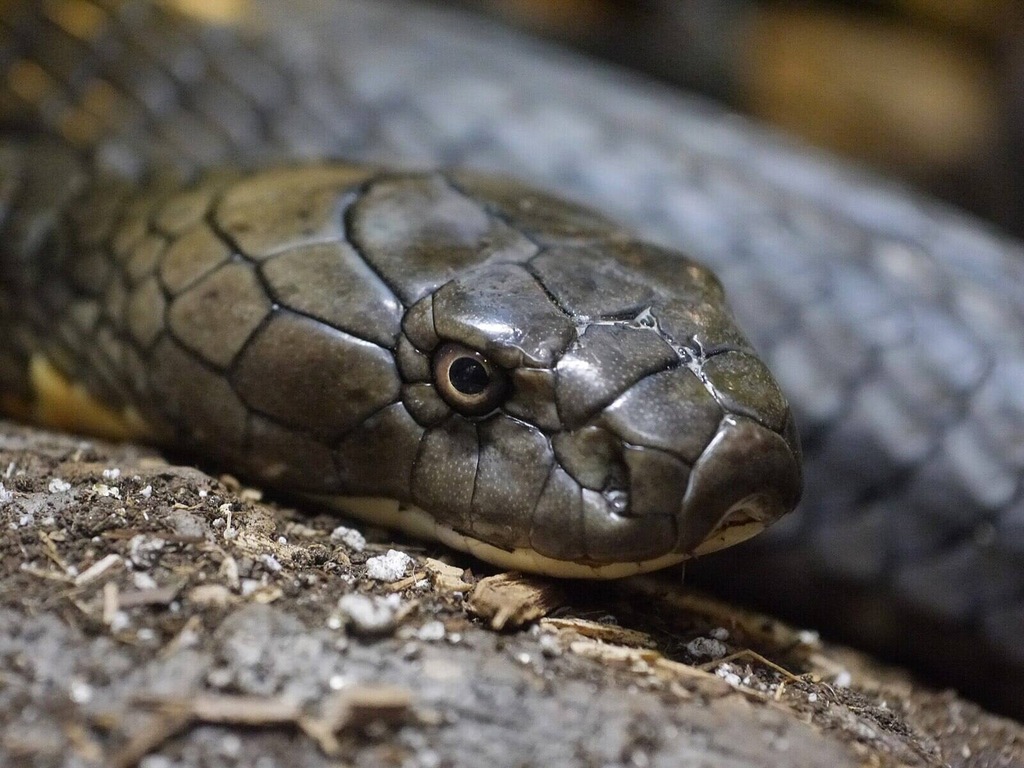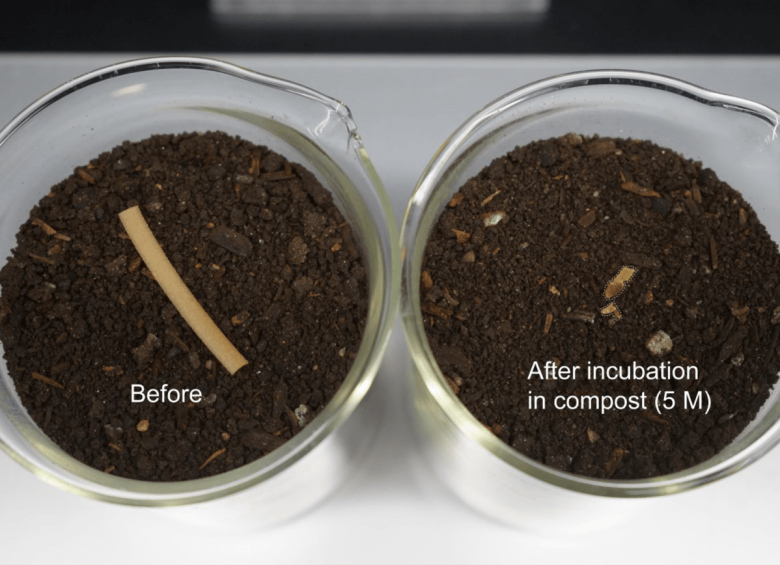According to recent research published in The Lancet Planetary Health, climate change could lead to a massive migration of venomous snakes to new regions and countries that are not prepared for them in the coming years. Global warming and habitat loss could cause countries like Nepal, Niger, Namibia, China, and Myanmar to receive more species of venomous snakes. Countries in southern and Southeast Asia, as well as some areas of Africa, will be vulnerable to an increase in snake bites.
The authors of the study indicated that their findings suggested significant losses of potentially suitable areas for the survival of most species of venomous snakes by 2070. They also noted that some species posing high risks to public health could potentially gain climatically suitable areas to inhabit. Additionally, they highlighted the potential vulnerability of certain countries to increased snake bites in the future due to a combination of factors, including an expansion of climatically suitable areas and socioeconomic conditions such as low income and high rural population. The researchers conducted modeling of the geographic distribution of more than 200 venomous snake species known to cause medical emergencies in humans. The goal was to project where in the world these species could find optimal climatic conditions by 2070.
The truth is that most venomous species are expected to experience a loss of range, that is, the space in which the conditions for their survival are met. However, for species such as the West African baboon viper, its habitat could increase by up to 250%, according to the study. Additionally, the distribution areas of the European asp and the horned viper are expected to double by 2070. In the case of the Americas, the scenario is different, as species such as the pit viper are projected to lose more than 70% of their distribution area.
Similar Post
“As more land is converted for agriculture and livestock rearing, it destroys and fragments the natural habitats that snakes rely on,” explained the authors of the study, Pablo Ariel Martínez, from the Federal University of Sergipe (Brazil), and Talita F. Amado, from the German Center for Integrative Biodiversity Research in Leipzig (Germany). “However, some generalist snake species, especially those of medical concern, can adapt to agricultural landscapes and even thrive in certain crop fields or livestock areas that provide food sources like rodents.”
According to figures from the World Health Organization, each year between 1.8 and 2.7 million people suffer from venomous snake bites, which cause up to 138,000 deaths and at least 400,000 amputations and permanent disabilities. For this reason, the WHO has classified snakebite envenomation as the most neglected”If greenhouse gas emissions continue to increase over time, it is expected that the global average temperature will rise by an average of 5ºC, leading to changes in the distributions of some species. It is anticipated that countries like Uganda, Cameroon, Guinea, Sierra Leone, Nigeria and Somalia will have extensive rural areas dedicated to agriculture and livestock farming by 2070,” said Pablo Ariel Martínez. “This is based on information about the future of large of rural or agricultural areas sourced from a global land use database. These same countries will present the right climate conditions to harbour a large number of snake species in the future,” he added.


















